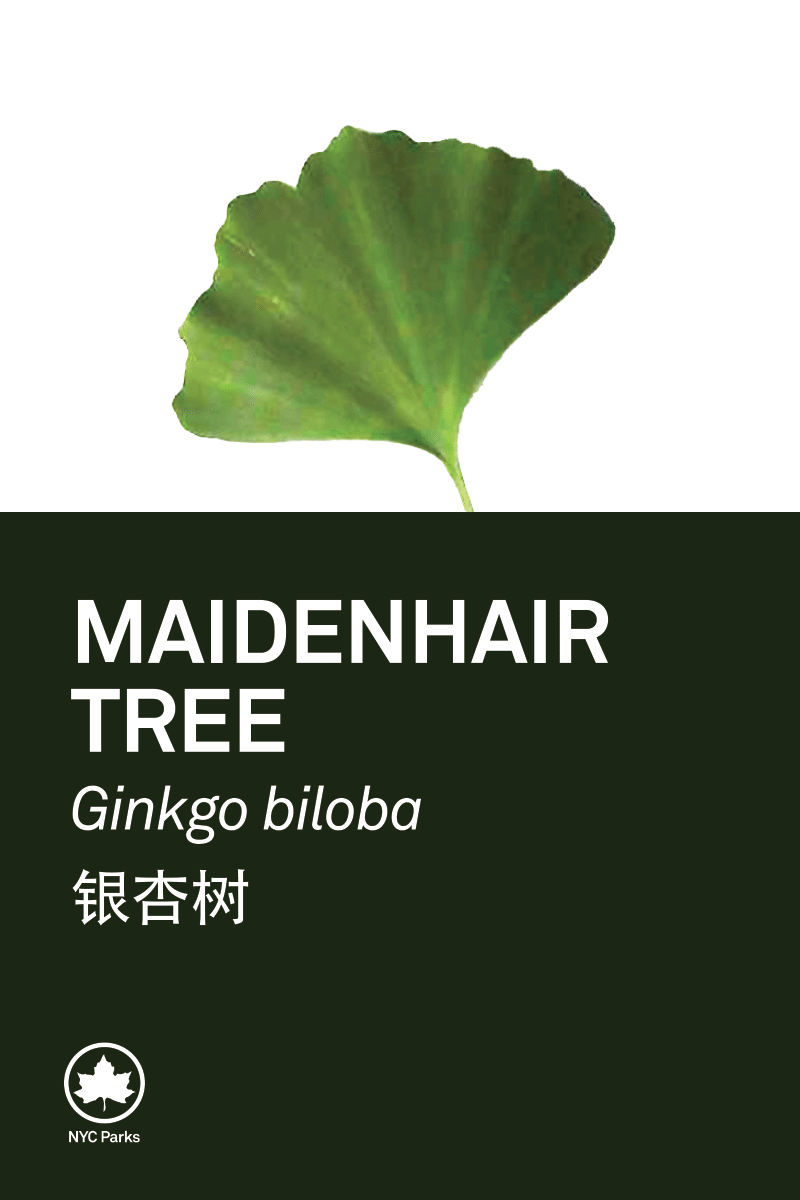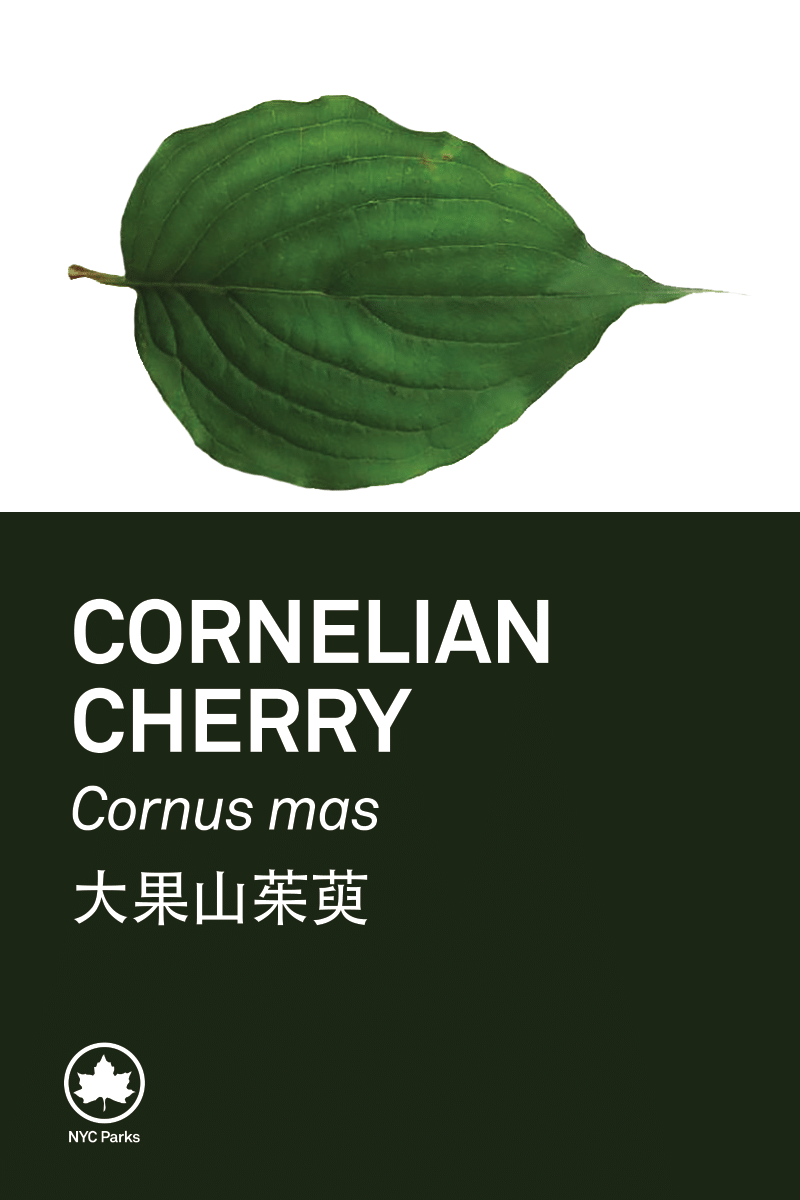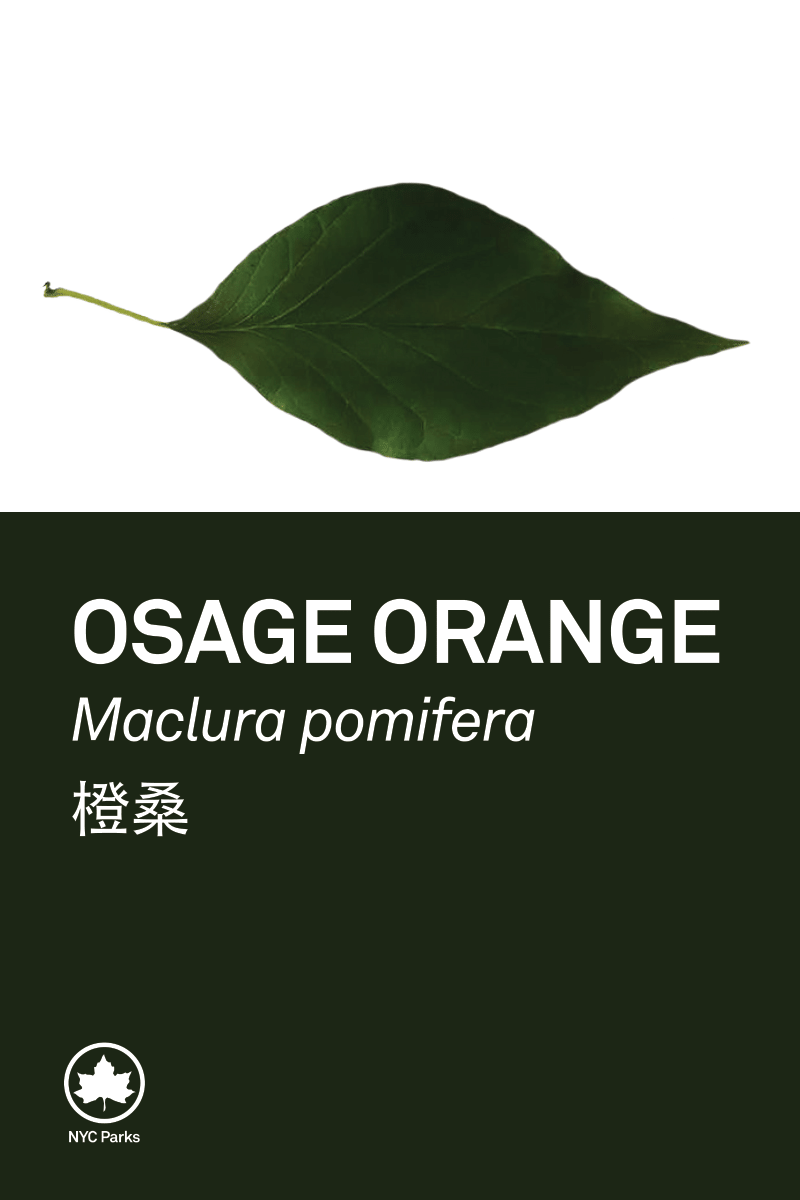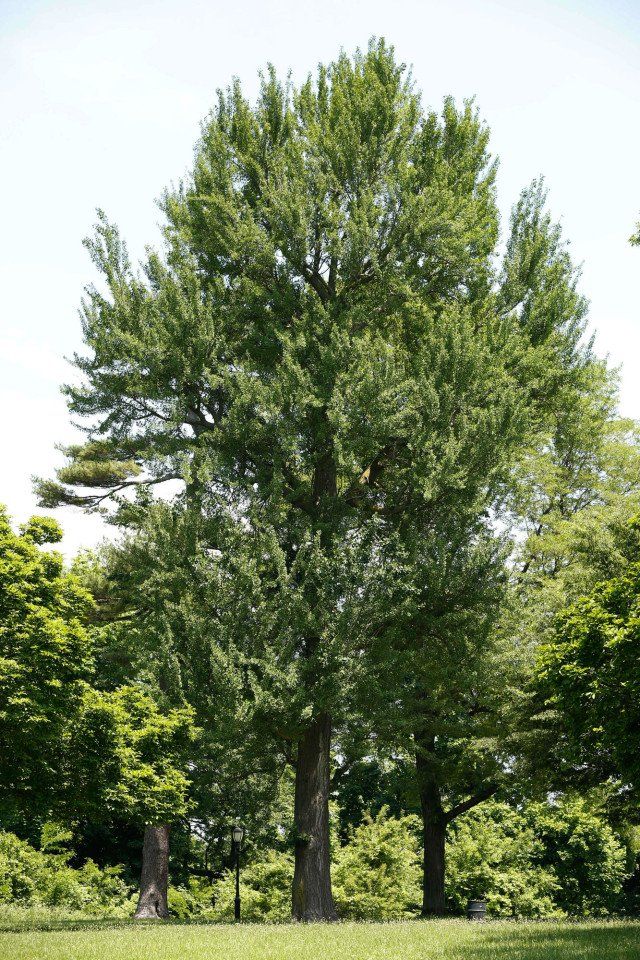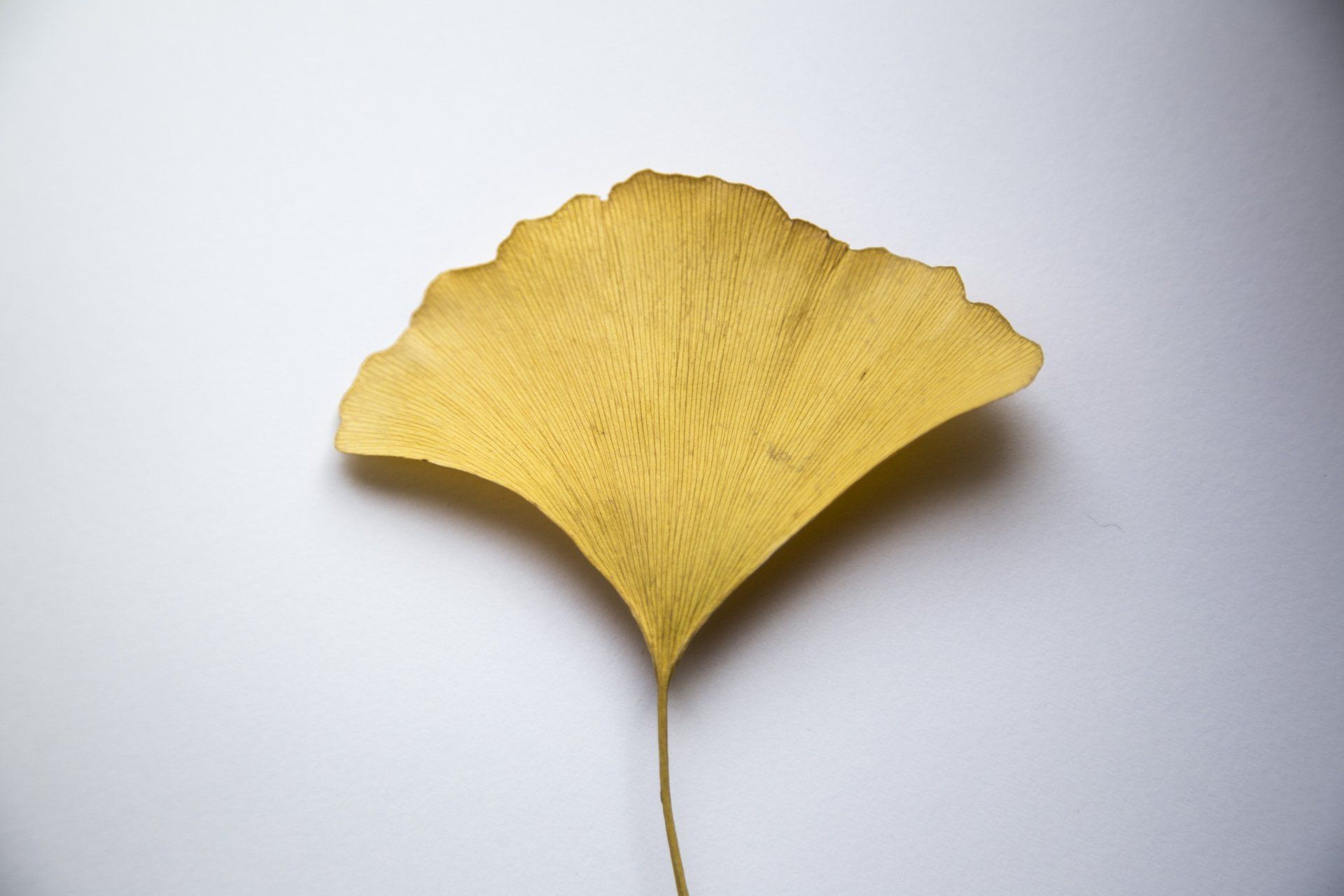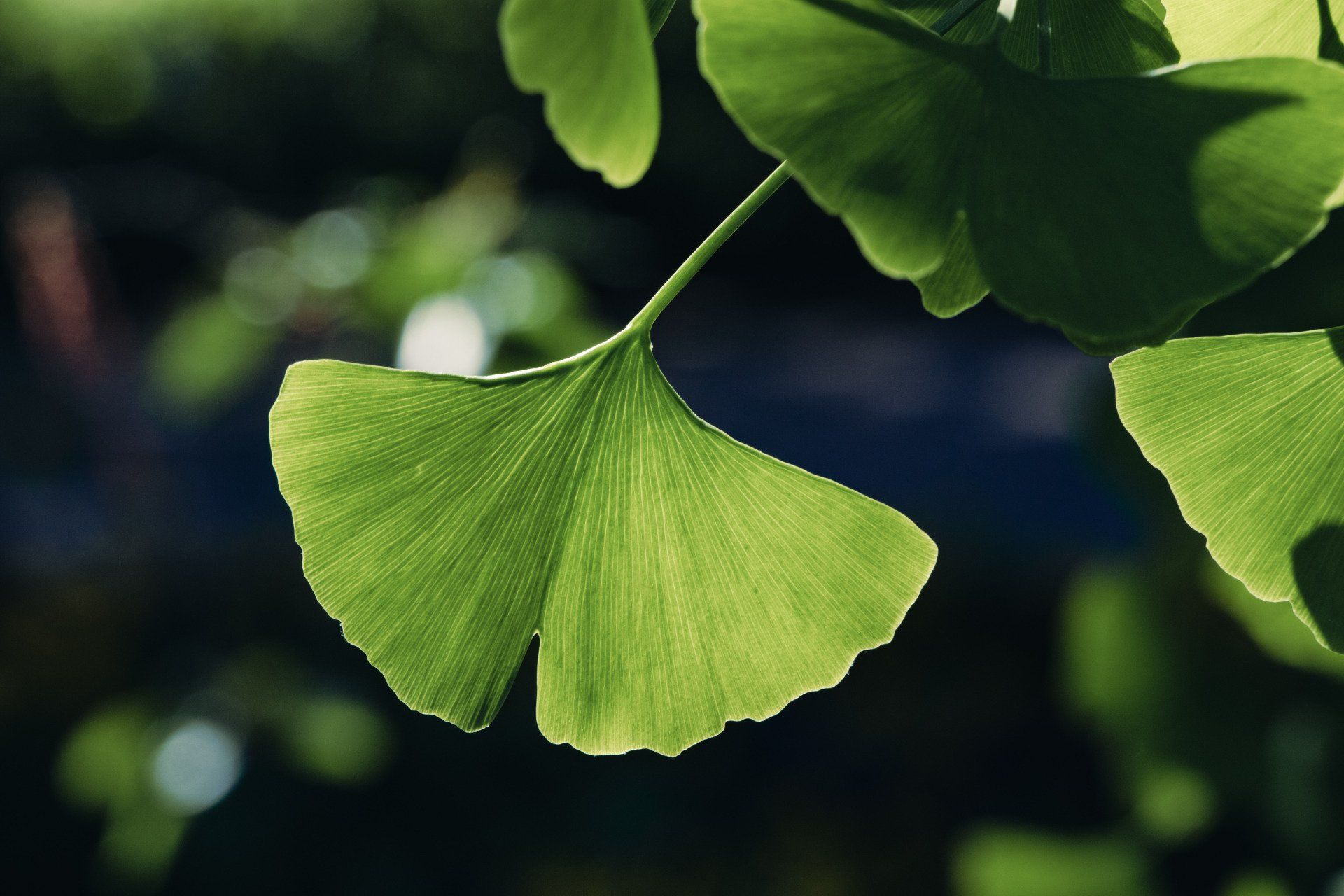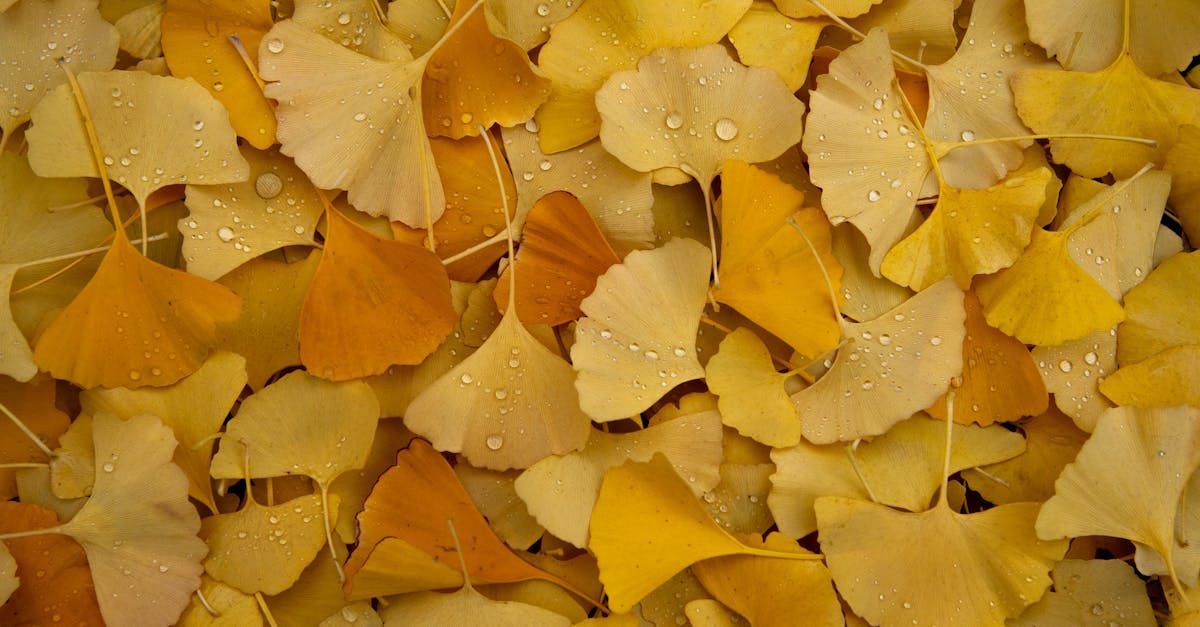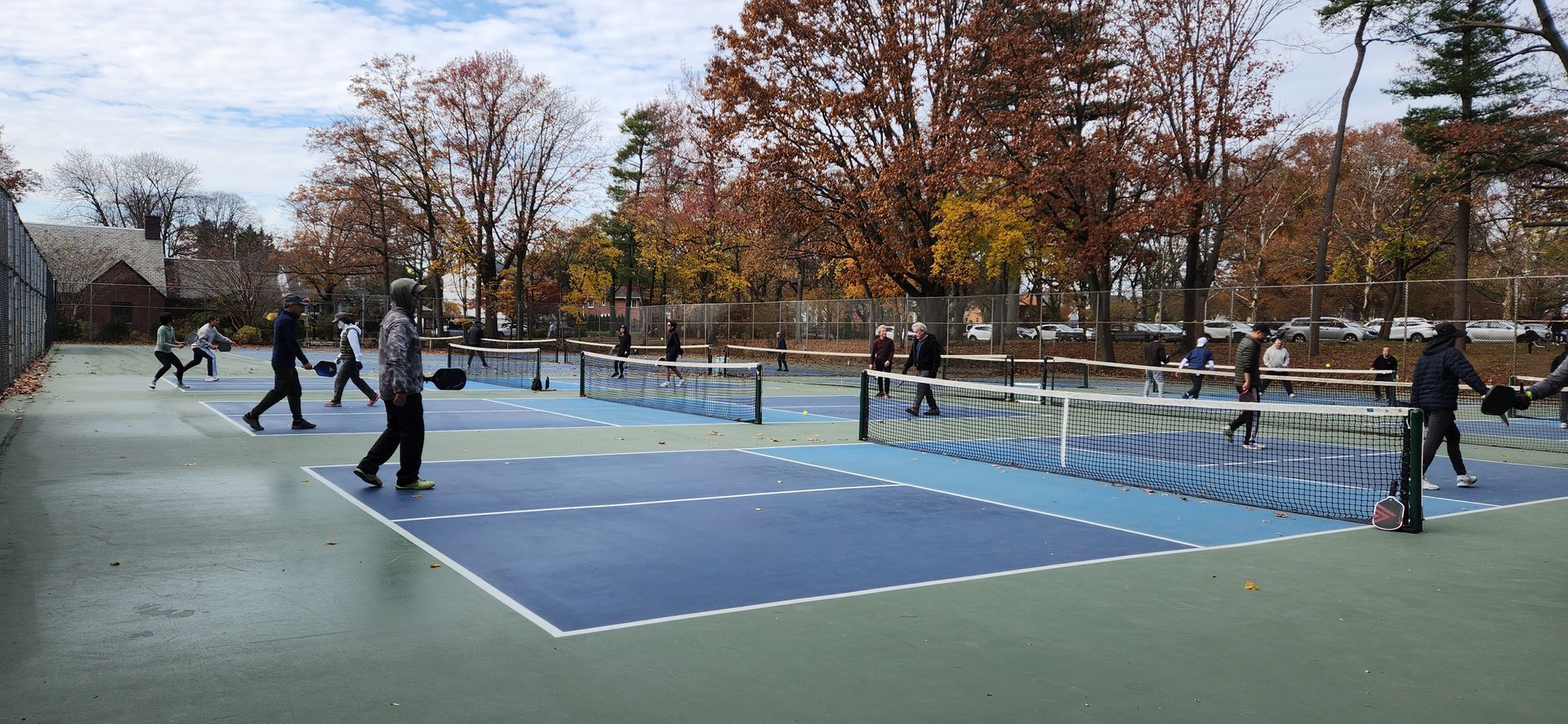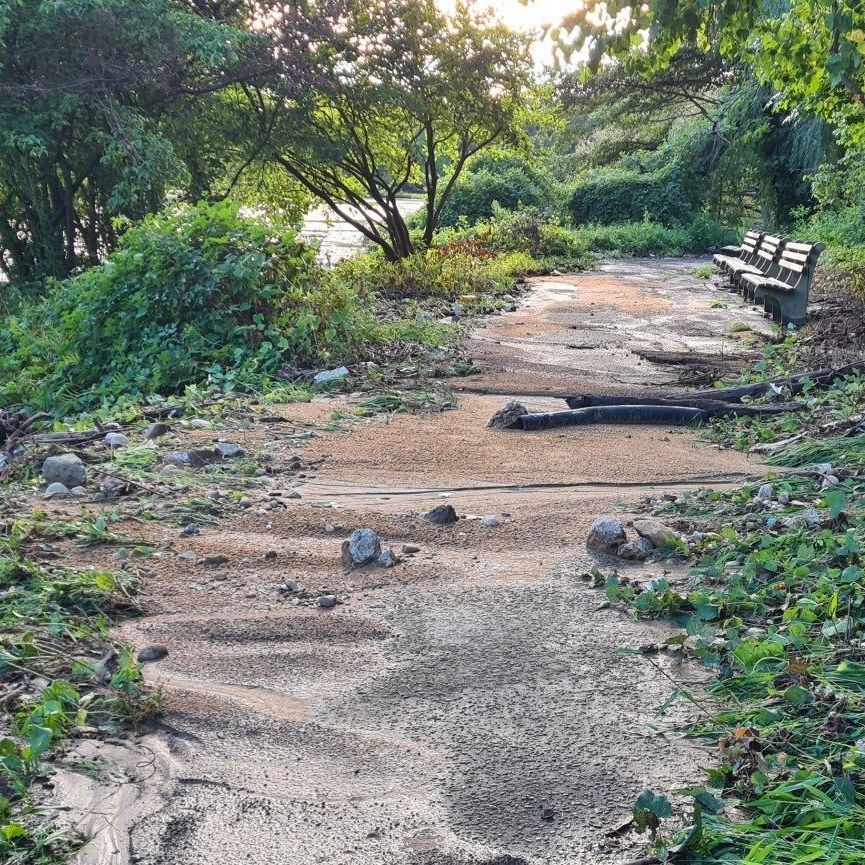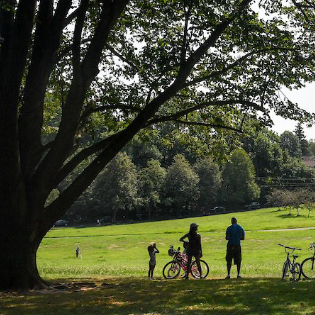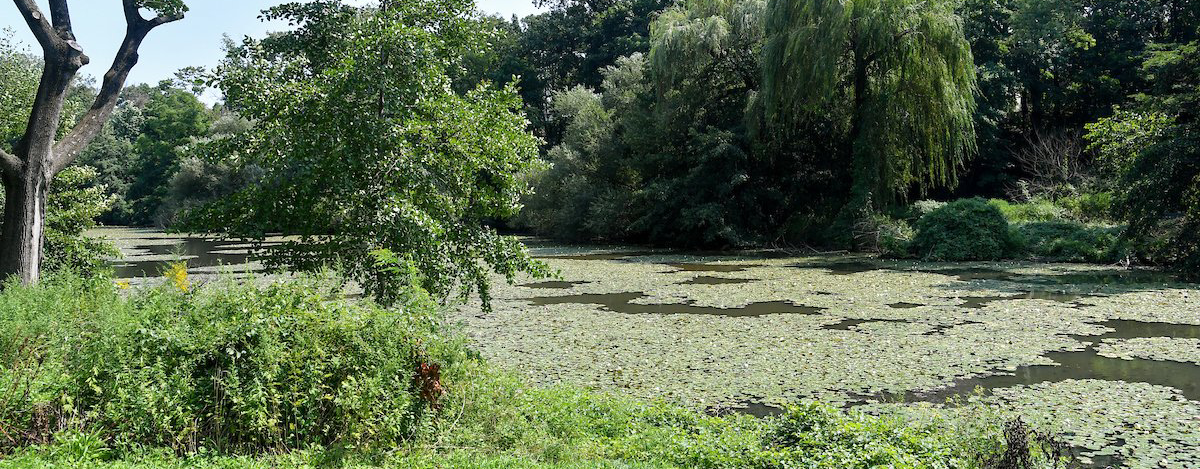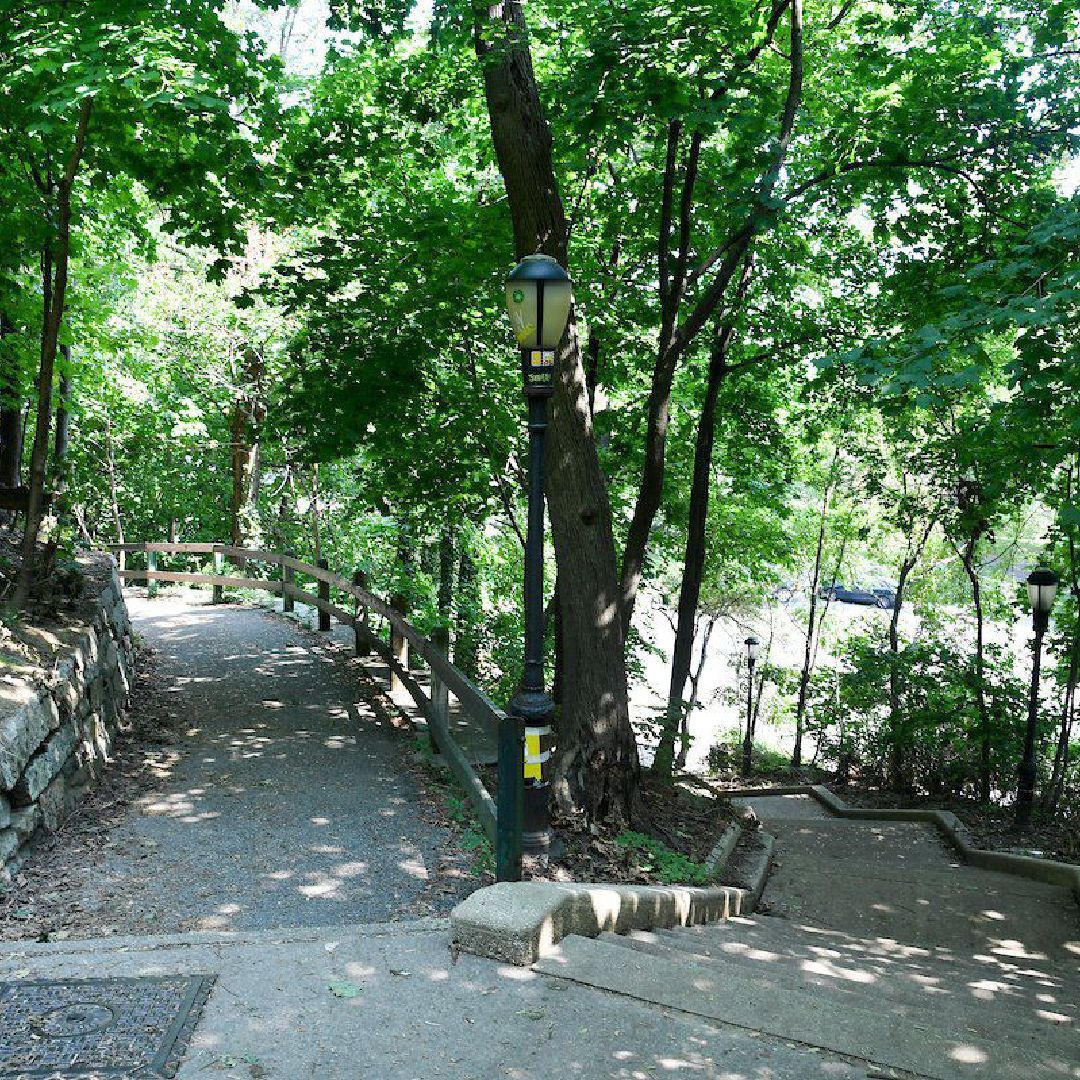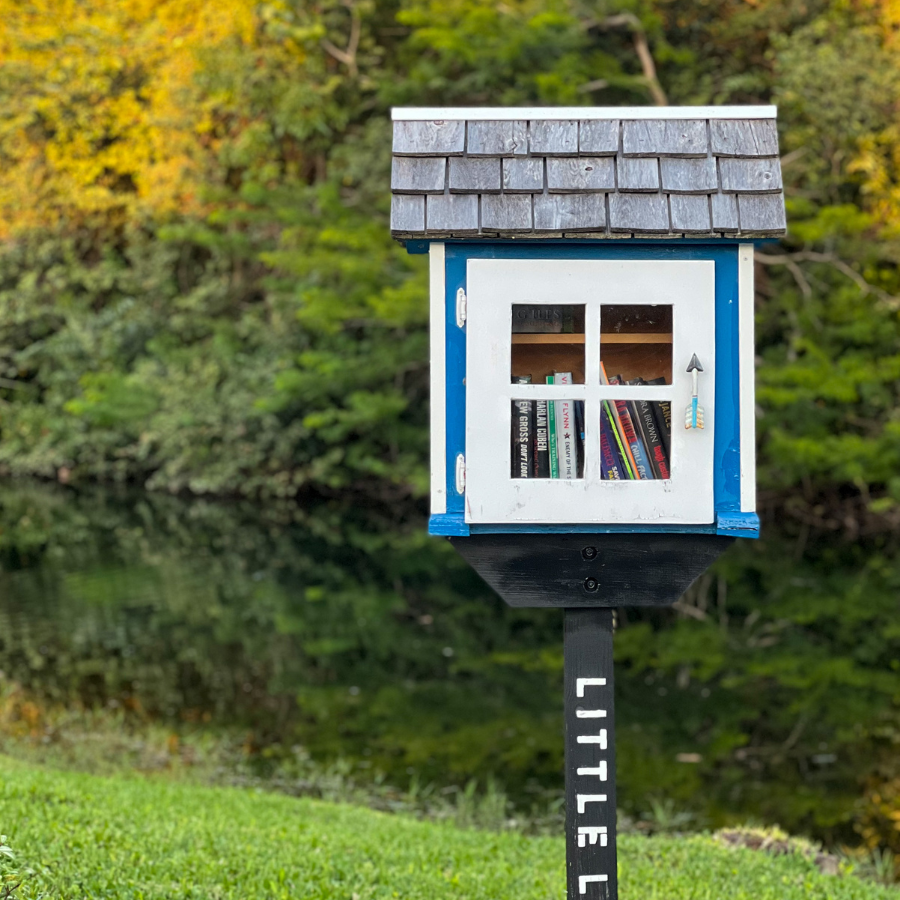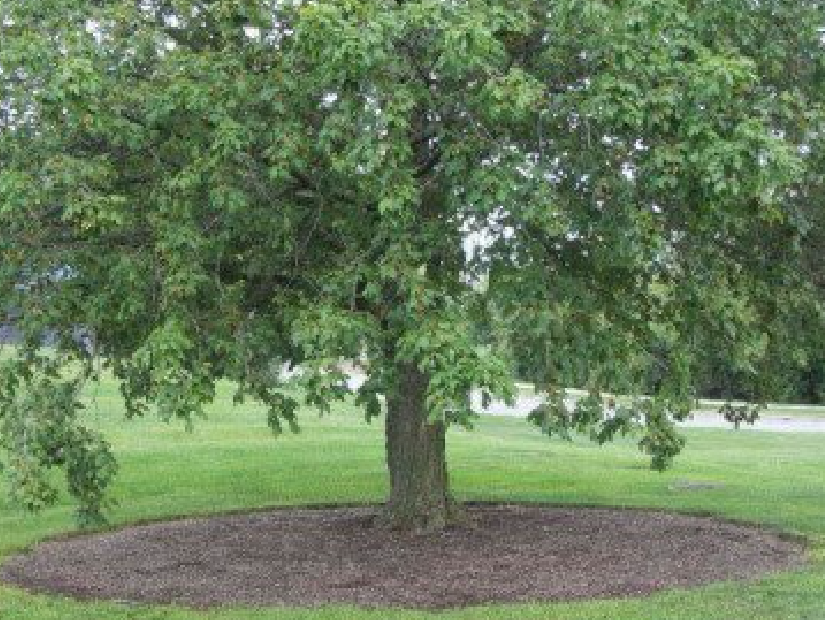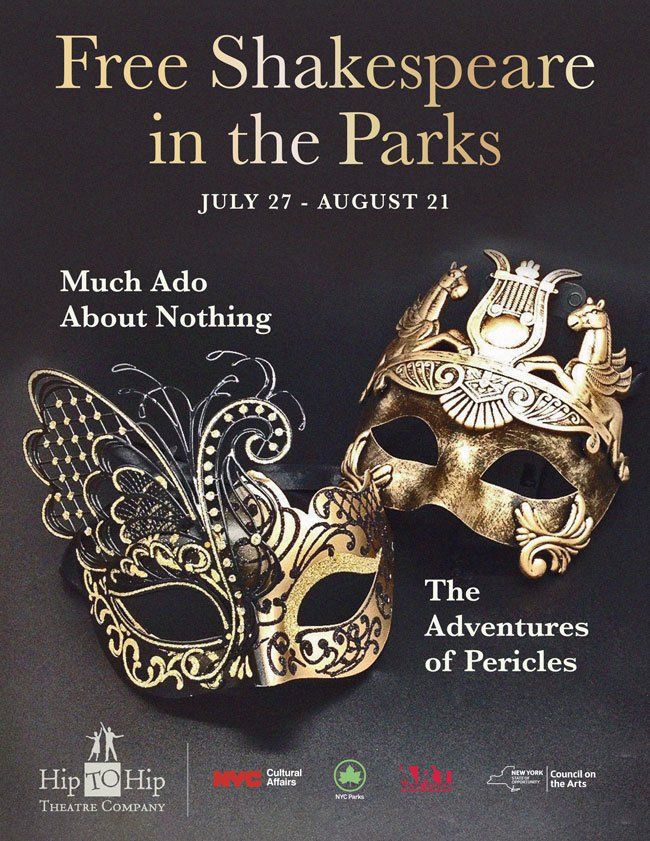Crocheron Arboretum Part I: John Golden
Trees of John Golden Park

Lindsey Marino - grew up in Queens and is a Board Member of Friends of Crocheron & John Golden Park.
The trees that encompass the Level 1 Certified Arboretum within our 62-acre park are made up of more than 30 species and 500 trees. As the 46 th largest park in NYC (for perspective, there are almost 2,000 parks in NYC), the vastness of our trees reflects the incredible stewardship that makes public parks happen. Trees can remain when all else changes, as their longevity can outlive lifetimes. Most trees live to become centenarians, and some are verified to be thousands of years old. This is in part due to their ability to replace damaged or lost organs (both in and out of the ground) and a divided vascular system that can allow part of a tree to survive if the whole one cannot. Take a look at some of our life-long friends of Crocheron & John Golden Park here!

Osage orange, Maclura pomifera
Located along the southeast side of John Golden Park, along the north side of the 33 rd Avenue parking lot, our Osage orange trees had once been specifically placed to create a natural border between the old estates of the early 1900s. These mulberry family members reach an average height of 50 feet and grow inedible “oranges” green in color and coarse in texture. Named after the Midwestern Osage Nation, they would use the bark of this tree to make bows and tools, as the wood is resistant to decay. For that reason, early pioneers also used the wood from the Osage tree to make wheel rims for horse drawn wagons and fencing. Osage orange trees have an average lifespan of 120 years. Source: USDA, Plants.
Cornelian cherry, Cornus mas
Part of the dogwood family, the Cornelian cherry grows between 15-25 feet tall and spans out 15 feet wide. The genus name, Cornus, derives from the Latin word cornu, which means “horn.” This is due to the strength and density of the wood. These trees bloom in small yellow flower clusters in early spring and in the late summer, producing edible fruits that turn red as they ripen. Although Americans consider the Cornelian cherry to be ornamental, ancient Greeks harvested these cherry-like fruits for 7,000 years as food and are still eaten in parts of the world. Cornelian cherries live between 100-200 years.
Source: University of Washington Botanic Gardens and Uncommon Fruit Observations from Carandale Farms.

Pin oak, Quercus palustris
These oak trees are considered medium-sized, reaching a height between 60-70 feet tall, with a 30–40-foot canopy. Due to its shallow root system, these oaks are tolerant to relocation, and are therefore commonly used for landscaping. The characteristics of the Pin oak set it apart from other oaks. Aside from growing relatively faster than other oaks, it does not have heavy horizontal branches. Instead, it has many slender branches that arch out, with the lower branches bending down. While many oaks can live for several centuries, the Pin oak’s lifespan is only 100-120 years. However, like all the other oak trees in our park, they flower acorns. Source: Wikipedia.
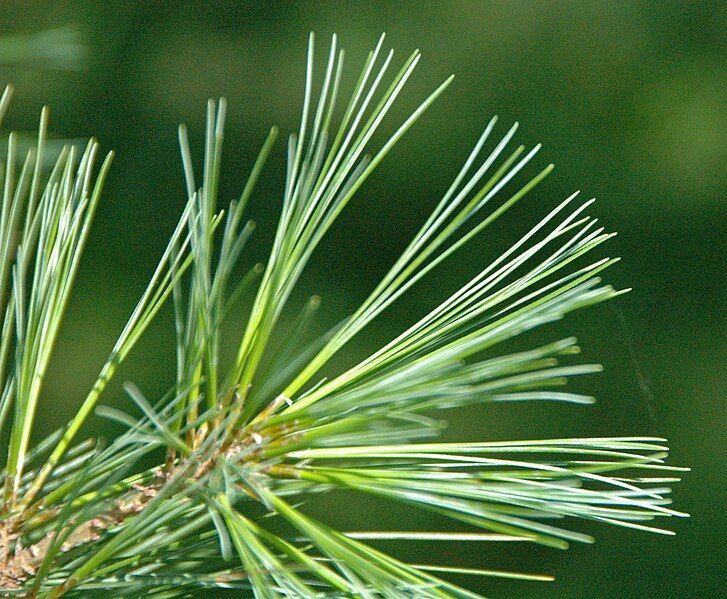
White pine, Pinus strobus
As the official state tree of Maine and Michigan, these pines are treasured as an American staple. As the largest conifer (cone-bearing tree) in the Northeast, it can grow to be 100 feet tall and its trunk can have a diameter of 3-4 feet. White pines do shed some, but not all its needles every winter. Once covering much of the area, only 1% of old-growth forests remain in the Northeast after most were cut down from centuries of logging. During the 17th and 18th centuries, the lumber from these pines were used for paneling and flooring in colonial homes. As a main character in the Pine Tree Riot, it played a significant role in the events leading to the American Revolution, as English officers would mark the largest of the pines and reserve them exclusively for the British Royal Navy. When unmanipulated, White pines live to be around 200 years old.
Source: Wikipedia and New Hampshire PBS.
Maidenhair tree, Ginkgo biloba
Our Ginkgo tree is the oldest in our park. At 150 years old, it overlooks the John Golden ball fields, standing at 82 feet high and 33 feet wide in canopy spread. Known as a magnificent piece of our park’s heritage, it has long been associated with William M. Tweed, the notorious Tammany Hall "Boss", who hid at the Crocheron House hotel after escaping from Ludlow Street Jail. Playfully labeled as the last surviving witness to Tweed’s great escape, our beautiful Ginkgo can be considered a witness tree!
The oldest tree in our park also happens to be the oldest surviving tree species to ever exist, having remained mostly unchanged for some 200 million years, outliving the dinosaurs by 135 million years and counting. China had been cultivating Gingko trees since the 11th century when they made way to Europe in the 1750s and then to America not longer after that. Looking to the rings of Gingko trees in China, these trees are known to live for thousands of years. Put simply, these trees are not genetically programmed to die. However, in the fall, its fan-shaped bright green leaves turn yellow, and then drop all at once toward the end of the season.
The outer part of the seeds on Gingko trees have a very distinct smell. There are several theories as to why, but it’s proposed that the smell had attracted dinosaurs to consume and discharge the Ginkgo berries, helping to spread the seeds. Gingko trees reach a height of 50-80 feet and span 30-40 feet wide.
Source: Yale e360 and Science.org.


